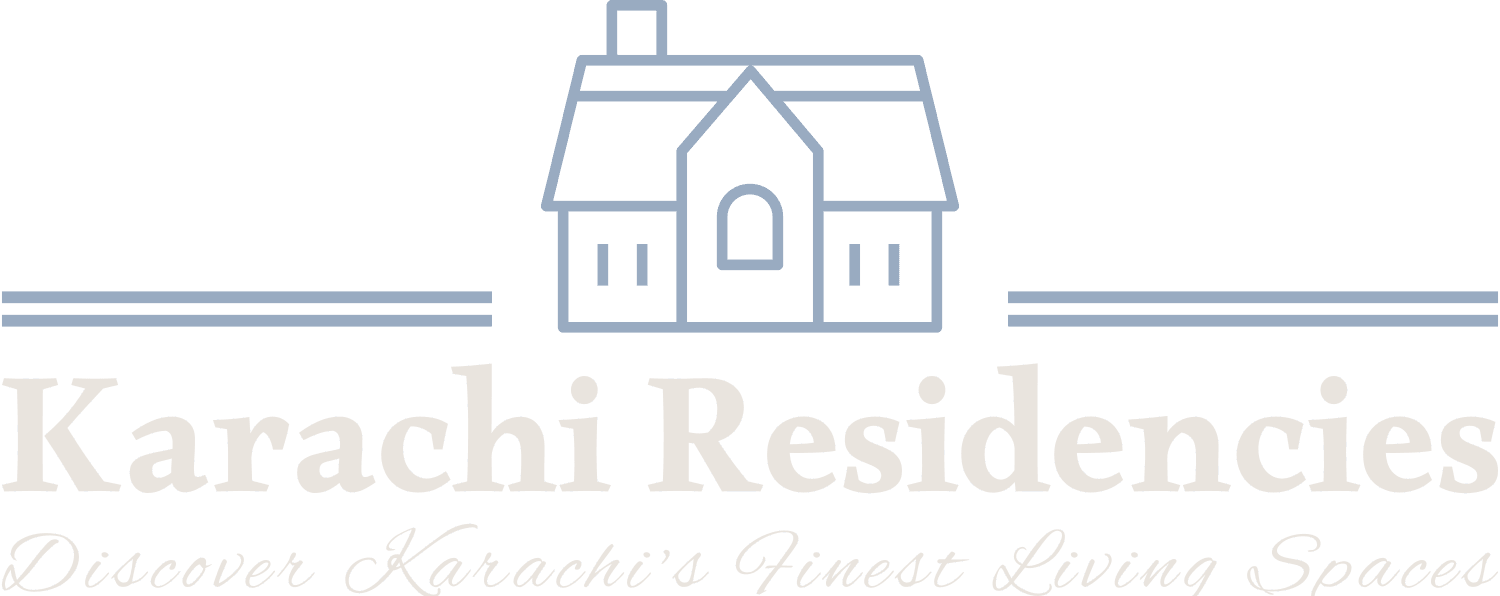Reaching for the Sky: The Evolution and Promise of Vertical Living in Pakistan
In the heart of Pakistan’s bustling cities, a transformation is underway. The skyline is changing, reaching ever higher as vertical living takes root and flourishes. This shift is not just about aesthetics; it’s a response to rapid urbanization, population growth, and the need for sustainable urban development. Let’s explore the history, significance, and future of vertical living in Pakistan, with a focus on Karachi, the country’s largest metropolis.
A Brief History of Vertical Living in Pakistan
The concept of vertical living in Pakistan is relatively new compared to many other countries. Traditionally, Pakistani cities were characterized by low-rise buildings and sprawling neighborhoods. However, the rapid urbanization that began in the late 20th century necessitated a change in approach.
In Karachi, the first high-rise buildings began to appear in the 1960s and 1970s. Notable early examples include the Habib Bank Plaza, completed in 1969, which held the title of Pakistan’s tallest building for many years. Since then, the trend has accelerated, with numerous residential and commercial high-rises dotting the cityscape.
The Significance of Vertical Living
The shift towards vertical living in Pakistan is driven by several factors:
- Population Growth: Karachi’s population has exploded in recent decades. According to the Pakistan Bureau of Statistics, the city’s population grew from about 9.8 million in 1998 to an estimated 16 million in 2020.
- Land Scarcity: With horizontal expansion limited by geographical constraints, vertical growth is often the only viable option for accommodating the growing population.
- Urbanization: The UN estimates that by 2025, nearly 50% of Pakistan’s population will live in urban areas, up from about 37% in 2020.
- Efficiency: High-rise buildings can house more people on a smaller land footprint, making better use of limited urban space.
- Infrastructure Optimization: Concentrating population in smaller areas can make the provision of utilities and services more efficient.
Current Trends in Karachi
Karachi, as Pakistan’s economic hub, is at the forefront of the vertical living trend. Recent statistics paint a picture of rapid vertical development:
- According to the Association of Builders and Developers of Pakistan (ABAD), there was a 350% increase in the number of high-rise building projects initiated in Karachi between 2015 and 2020.
- The Karachi Development Authority (KDA) reports that building permit applications for structures over 20 stories increased by 200% from 2018 to 2022.
- Real estate analysts estimate that vertical residential units now account for approximately 30% of new housing stock in Karachi, up from just 10% a decade ago.
Secure and Livable Areas
While vertical living is spreading across Karachi, some areas stand out for their security and livability. One such area is PECHS (Pakistan Employees Co-operative Housing Society), which has become a prime location for high-rise residential developments. Other notable areas include:
- Clifton: Known for its upscale high-rises with sea views
- Defence Housing Authority (DHA): A planned community with increasing vertical development
- Gulshan-e-Iqbal: A middle-class area seeing rapid vertical growth
These areas are characterized by better infrastructure, security measures, and amenities, making them attractive for those embracing the vertical living lifestyle.
The Future of Vertical Living in Pakistan
As Pakistan continues to urbanize, vertical living is set to play an increasingly important role in shaping the country’s cities. Several trends are likely to define the future:
- Smart Buildings: Future high-rises will incorporate smart technologies for energy efficiency and improved quality of life.
- Mixed-Use Developments: Many new projects will combine residential, commercial, and recreational spaces within a single complex.
- Green Buildings: There’s a growing emphasis on sustainable design and construction practices in high-rise developments.
- Affordable Vertical Housing: Efforts are underway to make vertical living more accessible to middle and lower-income groups.
- Improved Regulations: As the sector grows, we can expect more comprehensive building codes and safety regulations.
Conclusion
Vertical living in Pakistan, particularly in cities like Karachi, is not just a trend but a necessity. It represents a solution to the challenges of urbanization and population growth while offering opportunities for more sustainable and efficient urban development. As Pakistan reaches for the sky, it’s clear that the future of its cities will be shaped by the towers that define its evolving skyline.
As this vertical transformation continues, it will be crucial for developers, policymakers, and residents to work together to ensure that this new way of living enhances the quality of life for all city dwellers. The sky’s the limit for Pakistan’s urban future, and vertical living is the elevator taking us there.



